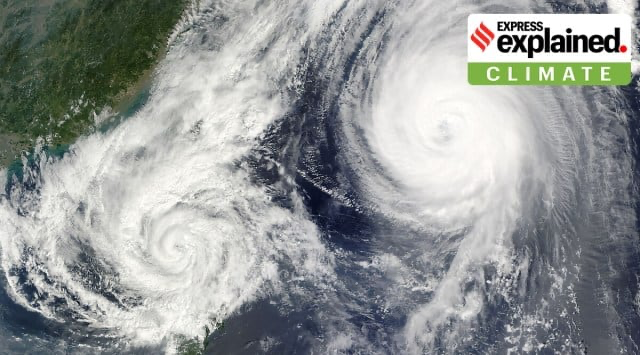Free Courses Sale ends Soon, Get It Now


Free Courses Sale ends Soon, Get It Now



Disclaimer: Copyright infringement not intended.
Context
The occurrence and implications of the "Fujiwhara effect."
Details
Atmospheric Rivers and Fujiwhara Effect
Outcomes Based on Cyclone Strength
Weaker Cyclone Absorption
Similar-Strength Cyclones
Intense Cyclone Merging
Historical Context and Discovery
Impact and Observations
Relation to Climate Change
|
PRACTICE QUESTION Q) Discuss the 'Fujiwhara Effect' in the context of cyclonic interactions and its implications for weather patterns and climate change. (150 words) |
© 2024 iasgyan. All right reserved